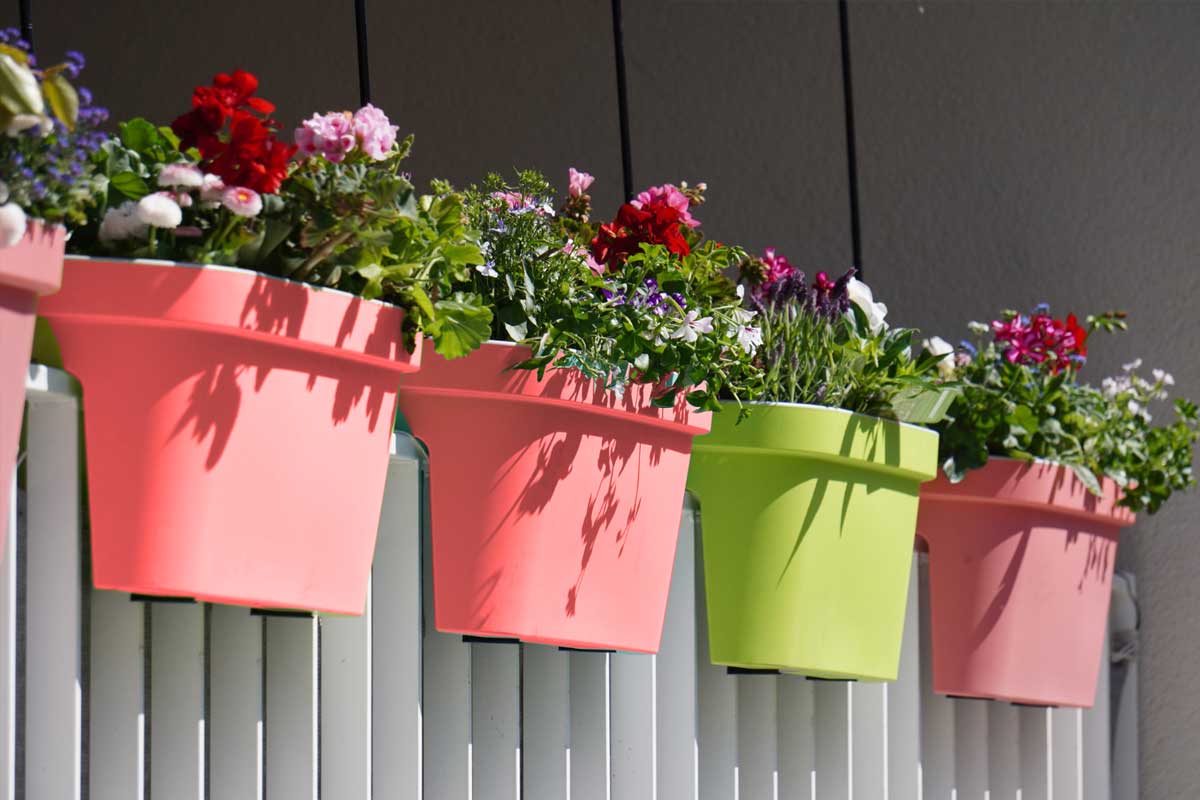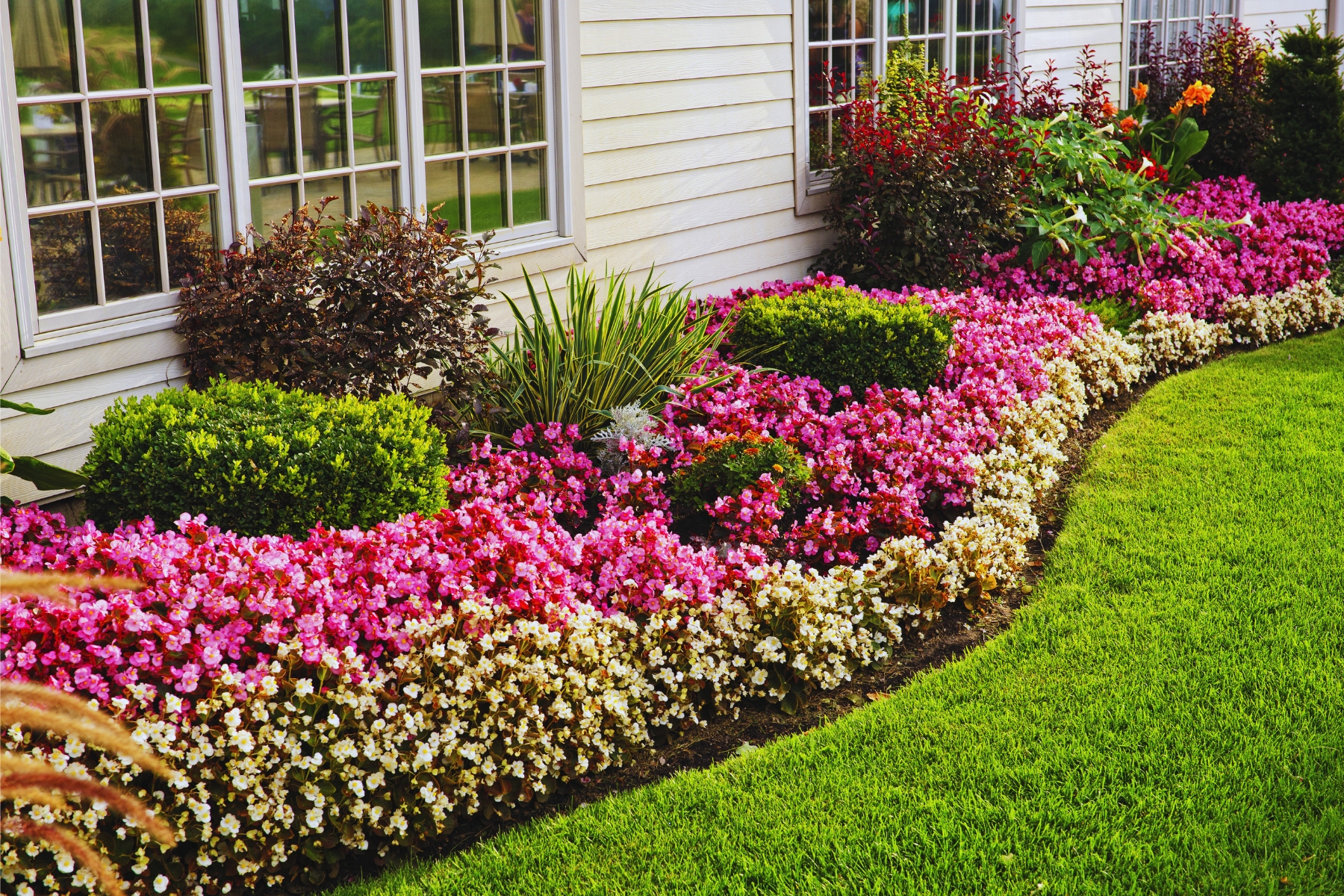Have you ever noticed the strategic placement of Green Plants in Multinational Offices, Restaurants, Hotels, and Homes? Plants bring a sense of Freshness and Vibrancy to any space. As per Vastu Shastra, they symbolize Life, Growth and Prosperity, making them essential for fostering a positive atmosphere.

According to Vastu Shastra, incorporating Plants into your home and workplace is an excellent way to invite Positive Energy and Harmony. Thoughtful placement of Plants not just purifies the Air, it attracts Financial opportunities, Enhance Joy, and Promote overall well-being. Vastu principles emphasize the importance of strategic Plant placement to improve Energy flow and Ambiance.
The placement of plants according to Vastu principles offers various benefits, with considerations for direction and color of Planters. Here's a breakdown of how placement of Plants in different directions can positively impact your space:

According to Vastu Shastra, the ideal direction to nurture Plants in your Home or Office are the East, North and South directions primarily. The East direction is especially favorable as it promotes Growth and Harmony. Additionally, specific directions, such as North and South-East, have their unique benefits when it comes to plant placement. These strategic positions enhance New Insights, Joy, attract Financial opportunities, and create a Positive atmosphere in your living or working space.
Plants in the East direction, particularly in Green-colored planters, promote growth for the occupants. Adding lush green plants with large, whole green leaves in the East is beneficial for those who are feeling that the growth is limited for them. Having a garden in the East direction is highly advantageous.

Placing flowering plants in the East of North-East direction, especially in Green/ Brown pots, increases Joy and Happiness in your space. It creates a feeling of Freshness and Vibrancy.
Plants in the North direction are favorable in Vastu Shastra. Money plants or plants with lush Green Leaves in the North attract new Monetary and Business opportunities. Using Blue or Green Planters in the North is recommended, and other permissible accent colors include Grey and Black.

As per Vastu shastra, South direction is fine for having Thorny plants as South aligns with the fire element of Thorny Plants. Vastu shastra doesn't permit Thorny plants, including Cactus and Succulents, even outdoors, except in the South direction where they align with Fire energy of South direction.

Plants in Red-colored planters in the South-East direction enhance the attributes of this direction. This improves cash flow and liquidity, safeguards against losses, and provides a sense of security.
In Vastu Shastra, each section of the House corresponds to one of the five elements of the Paanch Maha Bhutas: the Southwest represents Earth, the Northeast symbolizes Water, the Southeast is linked to Fire and the East signifies Air, making it suitable for planning a Garden. Gardens placed in the West or Southwest can lead to multiple issues.

When designing a Garden in front of a House, avoid having a large Tree obstruct the Entrance. Instead, consider planting Trees like Peepal, Mango, Neem, or Banana along the Garden wall, away from the main Building. These Trees not only provide a pleasant fragrance but also generate positive Energy, making them highly recommended from a Vastu perspective.
According to Vastu Shastra, small shrubs are best placed in the East or North areas of the garden, while the Northeast section should be kept clear. Taller trees are ideal for the South, ensuring their shadow doesn’t fall on the building during the first half of the day. Large trees like Peepal, though considered auspicious, should be planted at a distance from the house to prevent any damage to the foundation. Additionally, trees that attract insects, worms, honey bees, or snakes should be avoided within the premises.

When it comes to selecting plants, almost any live plant is suitable for your home, except for thorny ones. Plants with big, lush green leaves, like Money plants, and those that bear flowers are especially favored in Vastu Shastra because they bring in positive vibes. Here are some specific plants recommendations as per Vastu:

Tulsi (Holy Basil) Plant: Placing Tulsi or other medicinal plants between the North and North-East direction can bring positive energy and well-being.
Money Plant: Placing a Money Plant in water in a blue glass bottle in the North direction is believed to attract new opportunities and wealth.
Fruit-bearing and Flowering plants: Fruit-bearing and flowering plants are favored as they symbolize productivity, yield and growth.
Plants for Office Desk: Small, healthy plants like Jade, Snake plant, Pothos Plant on office desks create a positive work environment and promote growth.

Certain plants are considered inauspicious for indoor placement according to Vastu Shastra:
Cacti and Thorny Plants: Generally, Thorny plants should be avoided indoors as they are believed to emit negative energy.
Bonsai Plants: Symbolizing stunted growth, Bonsai plants are not recommended Indoors as they may hinder Personal and Professional development.
Artificial Plants: Artificial plants lack the dynamic energy of living plants, leading to a static atmosphere over time that feels lifeless. Additionally, they create a sense of stagnation in the space.
While the general opinion suggests that Bonsai plants are not considered Vastu-friendly, it's not an absolute truth. If you have a genuine passion for Bonsai, there are specific directions where you can showcase your love for a Bonsai collection. The key is not to make a purchase merely because it's trendy; keep Bonsai only if you have the passion and commitment to maintain it. Seek inspiration from the plants, nurture and manicure them regularly. It's essential to take expert guidance on precise placement based on your home's orientation to align with Vastu principles.

Succulents are known for their ability to thrive in various conditions and are generally considered neutral in Vastu Shastra. The same placement guidelines for indoor plants apply to succulents. To boost their positive impact, pay attention to their color and shape. Keeping succulents healthy and vibrant helps create a positive and harmonious atmosphere in your home. Remember that personal preferences and your home's layout can affect the best placement for succulents. For the best results, seek personalized advice to optimize their benefits in your living space.

Are artificial plants & flowers good as per Vastu?
Artificial plants or flowers, as the word implies itself, are not as beneficial as the real ones. The only gain we could have from them would be some impact of their colour. While artificial plants enhance home décor, Vastu Shastra suggests that they do not offer the same benefits as real plants. Although they add color and aesthetic appeal, their energy is stagnant, potentially limiting any positive impact on the environment. Therefore, incorporating live plants is generally preferred to maintain a vibrant and harmonious atmosphere in your space.

The direction of placement of plants must be chosen as per principles of Vastu Shastra. You must avoid Indoor plants in South-West, West and North-West directions. Dried plants or flowers emit negative energy and are discouraged as per Vastu. Thorny plants must not be placed indoors. Bonsai plants may also be placed but in specific directions under expert guidance.
Copyright ©2024 Vaastu Devayah Namah. All rights reserved.
Designed by Techsetup